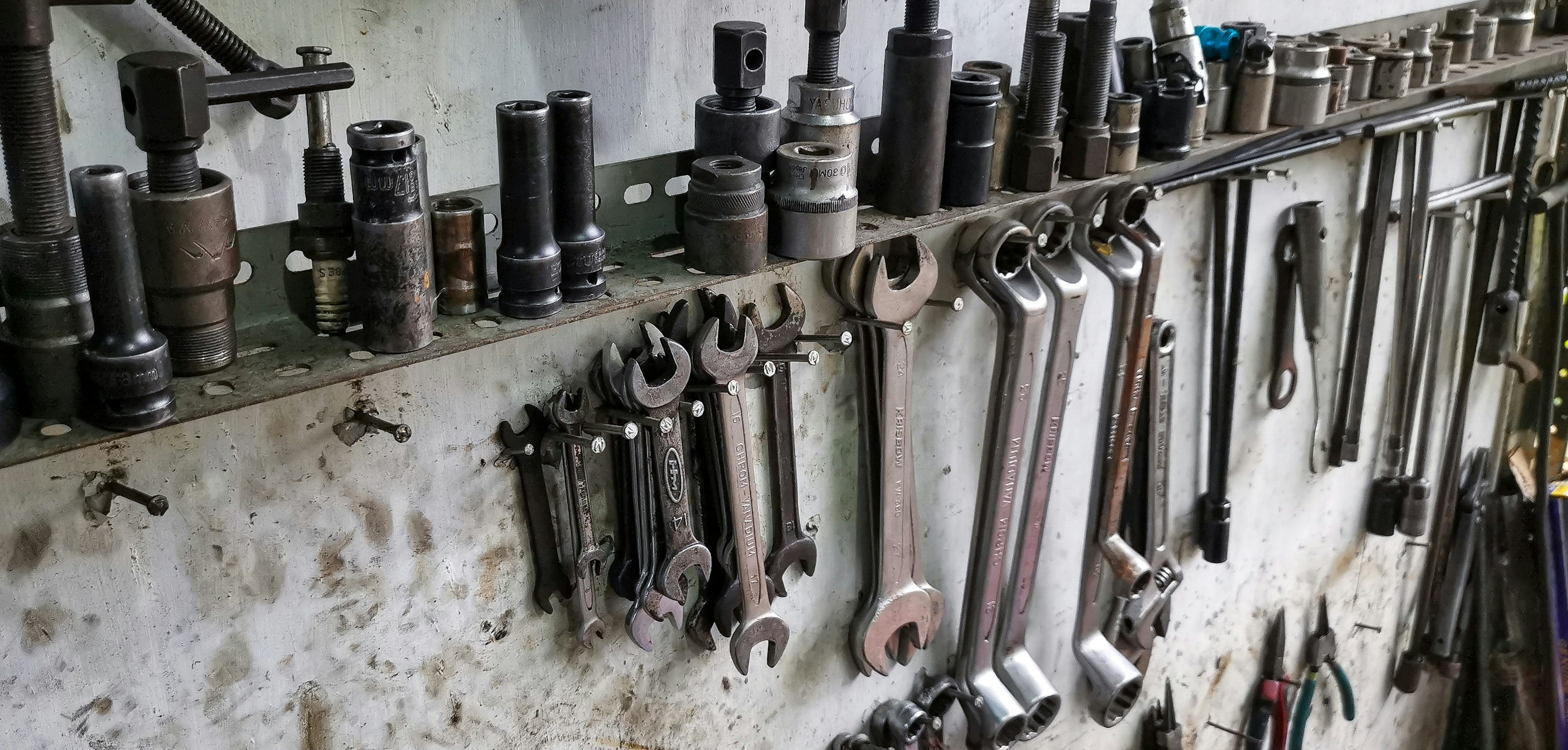If you're committed to delivering exceptional customer service, you've probably realized that maintaining consistent quality is both crucial and challenging. One of the most effective tools to achieve this is a well-crafted quality assurance (QA) checklist. In this guide, we'll delve deep into how you can create the ultimate customer service quality assurance checklist, provide you with templates, and share best practices to implement them effectively.
By the end of this article, you'll have a clear understanding of how to develop a QA checklist that aligns with your company's goals and enhances your team's performance. So, grab a cup of coffee, and let's get started!
Why a Quality Assurance Checklist Matters
Before we dive into the how-to, it's essential to understand why a QA checklist is vital for your customer service operations.
Ensures Consistency Across Interactions
A standardized checklist ensures that every customer receives the same high level of service, no matter who they interact with on your team. Consistency builds trust and enhances customer satisfaction.
Identifies Training Opportunities
By regularly reviewing interactions against your QA checklist, you can pinpoint areas where team members excel or may need additional support. This allows for targeted training and professional development.
Improves Customer Satisfaction
High-quality customer service leads to happier customers, fostering loyalty and positive word-of-mouth. A QA checklist helps maintain the standards that contribute to excellent customer experiences.
Key Components of an Effective QA Checklist
Creating a comprehensive QA checklist involves several critical components. Let's break down each element to understand what makes your checklist effective.
1. Greeting and Introduction
The first impression sets the tone for the entire interaction. Ensure your agents:
- Use a friendly and professional greeting.
- Introduce themselves by name.
- Address the customer by their preferred name or title.
For more on building rapport with customers, check out Customer Service and Quality Assurance: How They Work Together to Enhance Customer Satisfaction.
2. Verification and Data Security
Protecting customer information is paramount. Your checklist should include:
- Verifying the customer's identity using approved methods.
- Ensuring compliance with data protection regulations.
Maintaining trust requires vigilant adherence to security protocols.
3. Active Listening
Understanding the customer's needs is essential for effective service. Agents should:
- Allow the customer to explain their issue without interruption.
- Use verbal nods or affirmations to show engagement.
- Ask clarifying questions when necessary.
4. Problem Resolution
This is the core of customer service. The checklist should guide agents to:
- Accurately assess the issue.
- Provide clear and concise information or solutions.
- Offer alternatives if the initial solution isn't acceptable to the customer.
Effective problem-solving enhances customer satisfaction and efficiency.
5. Communication Skills
Agents should use language that is:
- Clear and easy to understand.
- Free of jargon or technical terms unless necessary.
- Positive and empathetic.
For tips on improving communication, read our article on Quality Assurance Customer Service Guidelines.
6. Closing the Interaction
A strong closing leaves a lasting positive impression. Ensure agents:
- Confirm that all the customer's issues have been addressed.
- Thank the customer for their time.
- Offer additional assistance if needed.
7. Compliance and Policy Adherence
Agents must follow company policies and regulatory requirements. This includes:
- Adhering to scripts where necessary.
- Providing mandatory disclosures.
- Documenting the interaction appropriately.
Creating Your Checklist: Step-by-Step Guide
Now that we've covered the key components, let's walk through the steps to create your QA checklist.
Step 1: Define Your Quality Standards
Start by outlining what excellent customer service looks like for your company. Consider your brand voice, customer expectations, and industry standards.
Step 2: Involve Your Team
Engage your customer service agents in the process. Their firsthand experience is invaluable in identifying what works and what doesn't.
Step 3: Use a Template
Utilize a checklist template to ensure you're covering all bases. You can find templates online or create your own based on the components we've discussed.
For ready-made templates, consider exploring resources like:
- Customer Service Quality Assurance: A Comprehensive Guide with Checklists, Templates, and Training Tips
- Quality Monitoring Scorecards (Call Centre Helper)
Step 4: Customize the Checklist
Tailor the template to match your company's specific needs. Remove irrelevant sections and add any unique criteria relevant to your services.
Step 5: Test and Refine
Implement the checklist on a trial basis. Collect feedback from your QA analysts and agents, and make adjustments as necessary.
Best Practices for Implementing Your QA Checklist
A checklist is only as good as its implementation. Here are some best practices to ensure your checklist is effective.
Regular Training and Coaching
Use the checklist as a coaching tool rather than just an evaluation form. Offer constructive feedback and provide training to address any shortcomings.
To delve deeper into training strategies, read our article on Quality Assurance in Customer Service Training: Elevate Your Team's Performance.
Consistent Monitoring
Regularly review customer interactions using the checklist. Consistency is key to maintaining high service standards.
Transparent Communication
Ensure your team understands the purpose of the checklist. Transparency builds trust and encourages agents to take ownership of their performance.
Use Technology to Streamline the Process
Leverage tools like Quality Agent to automate checklist generation and monitoring. AI-powered solutions can save time and provide valuable insights.
Regularly Update the Checklist
Your business evolves, and so should your QA checklist. Review and update it periodically to reflect any changes in policies, products, or customer expectations.
Case Study: Implementing a QA Checklist in a B2B SaaS Company
Let's consider a real-world example of how a B2B SaaS company improved its customer service using a QA checklist.
XYZ Software Solutions was facing challenges with inconsistent customer service across its support team. They decided to implement a QA checklist to standardize interactions.
Steps Taken:
- Defined quality standards aligned with their brand and customer expectations.
- Involved agents in creating the checklist to ensure buy-in and practicality.
- Used a template from Quality Agent and customized it to their needs.
- Trained the team on the new checklist and its purpose.
- Implemented regular monitoring and coaching sessions.
Results:
- Customer satisfaction scores increased by 20% within three months.
- First-call resolution rates improved, reducing support costs.
- Agents reported feeling more confident and supported in their roles.
For more strategies tailored to B2B SaaS companies, check out our article on Implementing Customer Service Quality Assurance in B2B SaaS Companies: Strategies for Success.
Overcoming Common Challenges
Implementing a QA checklist isn't without its hurdles. Here are some common challenges and how to overcome them.
Agent Resistance
Some agents may perceive the checklist as micromanagement.
Solution:
Communicate the benefits clearly. Emphasize that the checklist is a tool for support and development, not just evaluation.
Resource Constraints
Regular monitoring can be time-consuming.
Solution:
Utilize AI-powered QA tools like Quality Agent to automate parts of the process, freeing up time for analysis and coaching.
Keeping the Checklist Updated
As your business evolves, the checklist can become outdated.
Solution:
Schedule regular reviews of the checklist, involving key stakeholders to ensure it remains relevant.
Additional Resources
For further reading and tools to enhance your QA processes, consider these resources:
- Top 10 Mistakes to Avoid in Customer Service Quality Assurance—and How to Fix Them
- Customer Service Quality Assurance Metrics: How to Measure and Improve Support Performance
- Customer Service Checklist (Customer Thermometer)
- How to Create Call Quality Monitoring Scorecards (Call Centre Helper)
Conclusion
Creating and implementing a customer service quality assurance checklist is a powerful step toward enhancing your support operations. It ensures consistency, identifies training opportunities, and ultimately leads to higher customer satisfaction. By following the steps and best practices outlined in this guide, you're well on your way to delivering exceptional customer service consistently.
Remember, tools like Quality Agent can simplify this process by providing AI-powered checklists and insights. Don't hesitate to leverage technology to streamline your QA efforts.
Now it's your turn to put these strategies into action. Start crafting your ultimate QA checklist today and watch your customer service soar to new heights!


